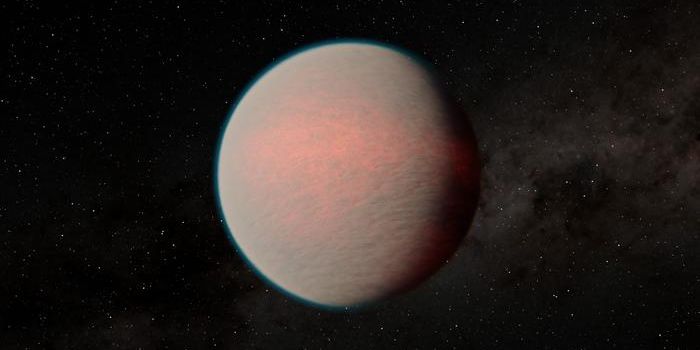Will Aerogel Help Us Colonize Mars?
As the interest in colonizing Mars grows, researchers are scrambling to find miracle materials that might help with this long-term goal. In addition to shielding astronauts from Mars’ merciless day and night temperatures, it will be important to protect against the harmful space radiation that so effortlessly pierces the red planet’s thin atmosphere.
Among all the materials that show promise, silica aerogel is perhaps on the top contenders. It has already been used in all Martian rovers to date as an insulator, and its insulative yet translucent properties make it the ideal material for Martian greenhouses, which will be vital for growing food for potential astronauts.
Aerogel is the lightest-known solid on Earth, and because of its incredible properties, it can insulate up to 39 times better than fiberglass to keep greenhouse temperatures stable. But perhaps more importantly, because it’s translucent, light can still pass through for an important plant-related process called photosynthesis.
Intriguingly, scientists think that it might be possible to use aerogel to warm things up even more by reducing its ‘smokiness,’ but that will be an engineering feat in and of itself.
While aerogel seems like a perfect material on paper however, it does have one significant pitfall: it’s brittle. Being made of similar components as glass, it wouldn’t take much to shatter aerogel. This is something that we’d need to overcome, or otherwise, astronauts on Mars would have to be very careful not to break anything.








